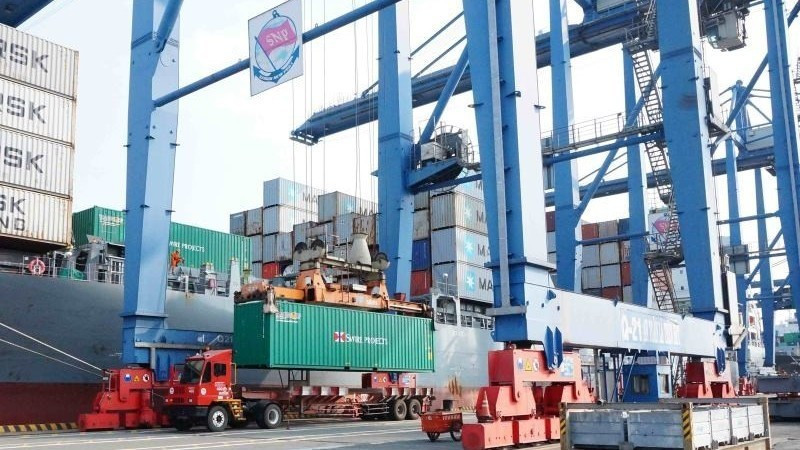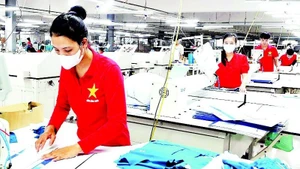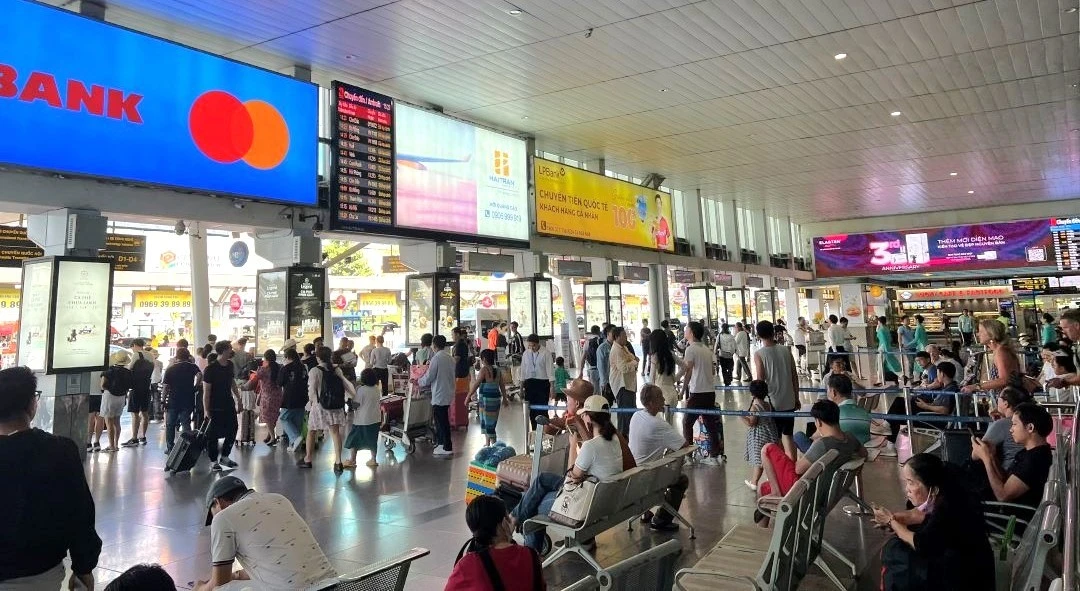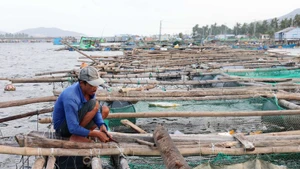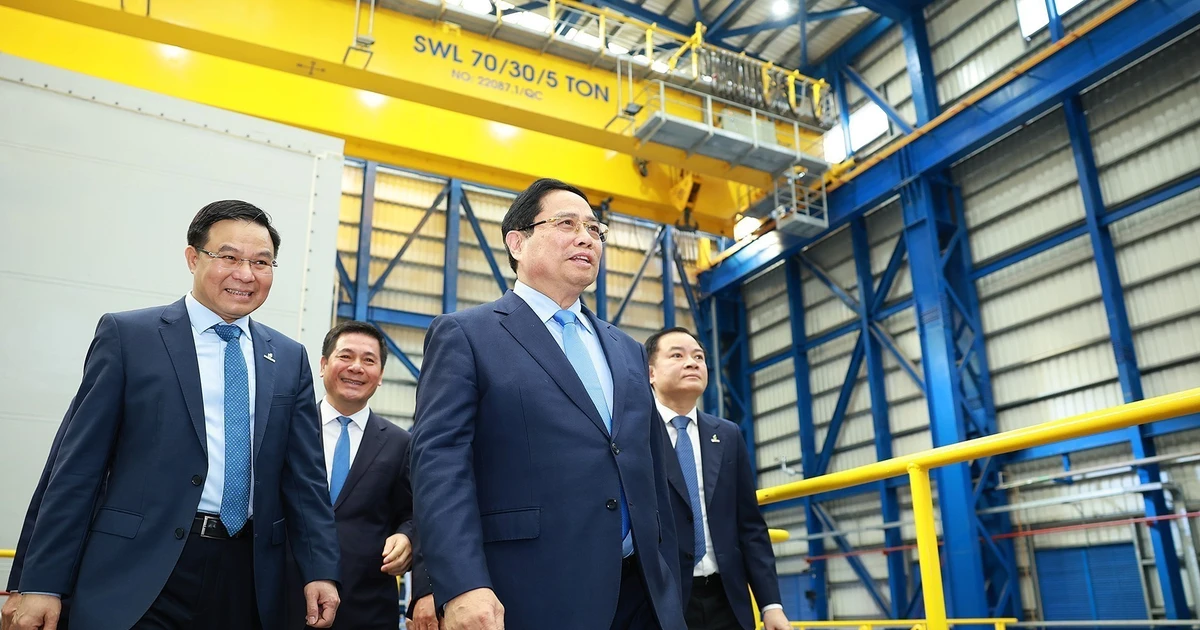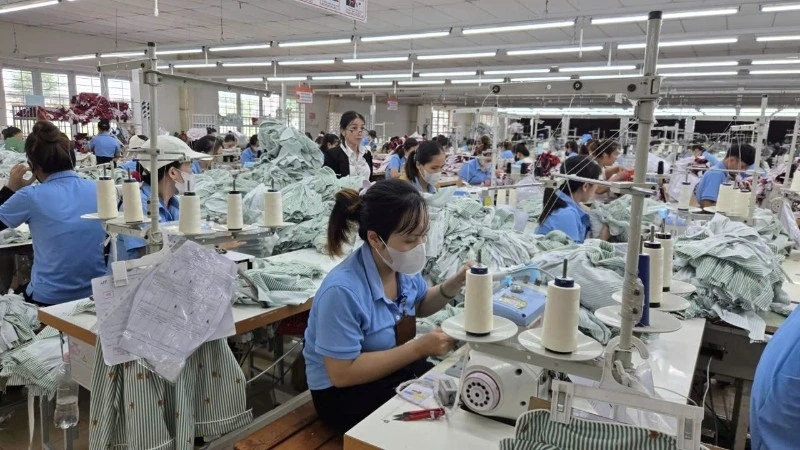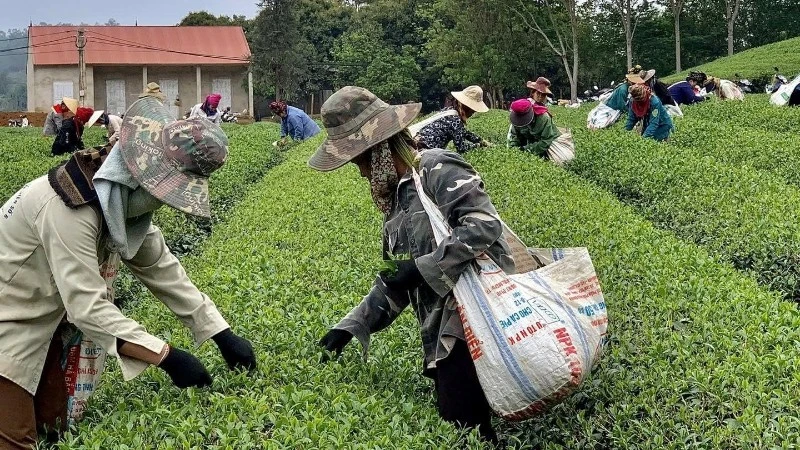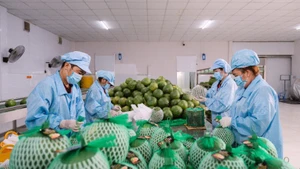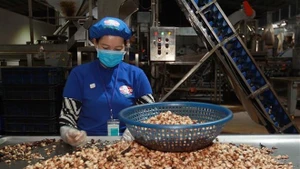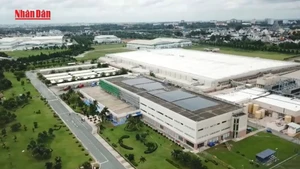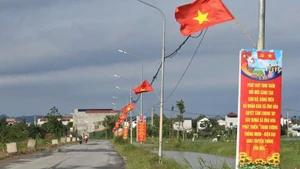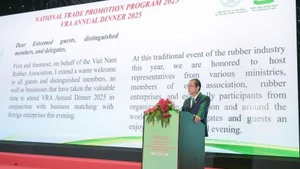Multiple challenges in the transition process
Logistics currently makes a significant contribution to Viet Nam’s economy, with a market size of around 40-42 billion USD and an annual growth rate of 14-16%, among the highest in Southeast Asia. Yet logistics costs in Viet Nam remain high, accounting for 16-18% of GDP, and the sector is also one of the most carbon-intensive, particularly in road transport.
Therefore, developing green logistics has become a key element of the nation’s sustainable development strategy and an essential part of Viet Nam’s roadmap to achieve net-zero emissions by 2050.
In Ho Chi Minh City, Tan Cang-Cat Lai Port, under the Tan Cang Saigon Corporation, is the first port in Viet Nam to receive the Green Port designation from the APEC Port Services Network. The port has invested in fully electric equipment, including quay and yard cranes, reducing carbon dioxide emissions compared with diesel-powered machinery.
This serves as an example of a pioneering enterprise in green logistics. In practice, while green transformation and sustainable supply chain development have become inevitable trends, most businesses face multiple barriers, including limited capital and technology, a shortage of specialised skills, and pressures from global value chains. Small and medium-sized enterprises, in particular, encounter significant difficulties in accessing green finance.
According to experts, green logistics cannot develop naturally without timely, appropriate and effective financial support policies. Investments in green technology, clean transport vehicles, energy-efficient warehouses, and digitalised emission-tracking systems require substantial resources - financial, technical, and human.
Dr Do Thien Anh Tuan, from Fulbright School of Public Policy and Management, noted that Viet Nam’s green finance market is growing but still in its infancy. Total green finance needs are estimated at around 700 billion USD by 2050, of which the credit sector alone will require 250 billion USD, equivalent to 6.8% of GDP per year. However, green credit currently accounts for only about 4.35% of total outstanding loans, primarily in renewable energy and agriculture. Without substantial reforms, the 10% target by 2025 will be difficult to achieve.
Highlighting the challenges faced by businesses in the green logistics transition, Le Kim Cuong, Deputy Director of the Logistics Service Centre at Tan Cang Saigon Corporation, noted that the corporation prioritises the shift from road to waterway transport. However, port infrastructure remains the greatest challenge.
Despite existing planning, the pace of development for ports and inland waterway terminals has not met growth requirements. Cuong recommends tax and fee incentives to encourage businesses to adopt waterway transport.
Comprehensive policy for green logistics needed
Discussing financial policies for green logistics, Dang Vu Thanh, Vice President of the Viet Nam Logistics Business Association (VLA), stated that measures such as green credit, tax incentives, interest rate support, and technology innovation funds, if implemented effectively, will encourage enterprises to adopt environmentally friendly models, contributing to green and sustainable growth.
Financial policies for green logistics need to be designed comprehensively, including investment incentives, loan guarantees, tax benefits, and, importantly, coordinated efforts across ministries and agencies. When customs procedures are digitalised, banks are flexible, and local authorities are aligned, a supportive ecosystem for businesses’ green transformation will emerge.
“To succeed in this transition, we need the collaboration of the entire system, from the government and enterprises to financial institutions and society at large,” Thanh emphasised.
Alongside financial policies, digitalisation efforts by regulatory authorities are also key to cutting logistics costs. Dao Duy Tam, Head of Customs Supervision and Management at the Customs Department, noted that since 2020, the customs sector has implemented electronic procedures, shortening clearance times for businesses.
At seaport and land border checkpoints, customs authorities are further exploring the application of digital technologies, artificial intelligence, IoT, blockchain, surveillance cameras, sensors, scanning equipment, big data, and the development of information-sharing systems among relevant stakeholders.
“On this basis, customs works alongside port operators and logistics companies to optimise loading and unloading processes, plan efficient transport routes, reduce travel distances, cut fuel consumption, save time and costs, and facilitate supply chains, and promote the development of green logistics,” Tam emphasised.
